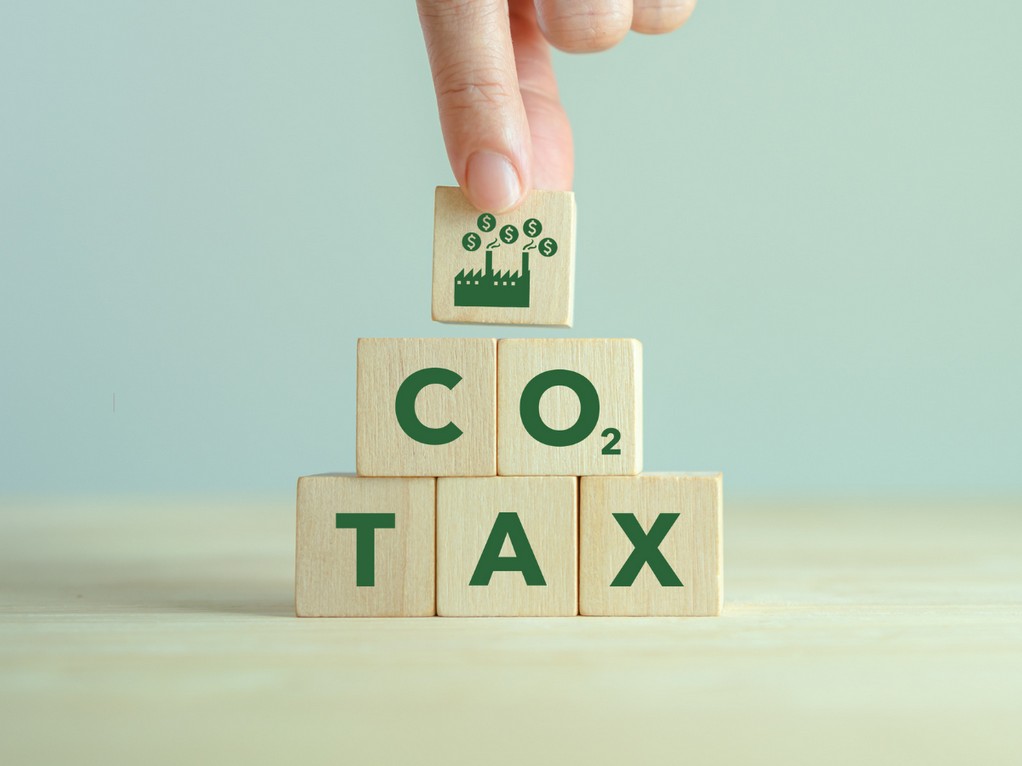The European Union inaugurated the first phase of the world’s first system of imposing CO2 emissions levies on imported steel, cement, and other commodities, in an effort to prevent more polluting foreign items from undercutting its green transition.
The anticipated tax has alarmed trading partners, and at a recent meeting, China’s top climate envoy, Xie Zhenhua, warned countries not to resort to unilateral measures like the EU fee.
The EU will not start collecting CO2 emissions taxes at the border until 2026.
However, on Sunday, the first phase of the Carbon Border Adjustment Mechanism (CBAM) will begin, with EU importers required to disclose the greenhouse gas emissions buried in the production of imported amounts of iron and steel, aluminium, cement, power, fertilisers and hydrogen.
Importers will be required to acquire certificates to cover these CO2 emissions beginning in 2026, putting foreign manufacturers on a par with EU businesses that must purchase permits from the EU carbon market when they pollute.
The goal, according to European Economy Commissioner Paolo Gentiloni, is to stimulate a global move to greener production and to prevent European industries from migrating to nations with weaker environmental regulations.
Tags: Border Tarifff, Carbon tax, CO2 Emissions, eu



Recent Posts
FRV Partners with Envision Energy on Green Ammonia Project in Brazil
Hamburg Trials HVO 100 Biofuel for Port Fleet as Interim Decarbonization Measure
CUMTA considers water metro linking ECR and Napier bridge
BSM unveils methanol bunkering simulator to equip seafarers for greener shipping
DPA commissions India’s first Make-In-India green hydrogen plant at Kandla
Port of Tauranga to Trial New Zealand’s First Fully Electric Straddle Carrier
OceanScore Crosses 2,300-Vessel Mark as Demand for Compliance Solutions Grows
HD Hyundai and H-Line Shipping Collaborate on AI-Powered Autonomous and Eco-Friendly Vessel Technologies